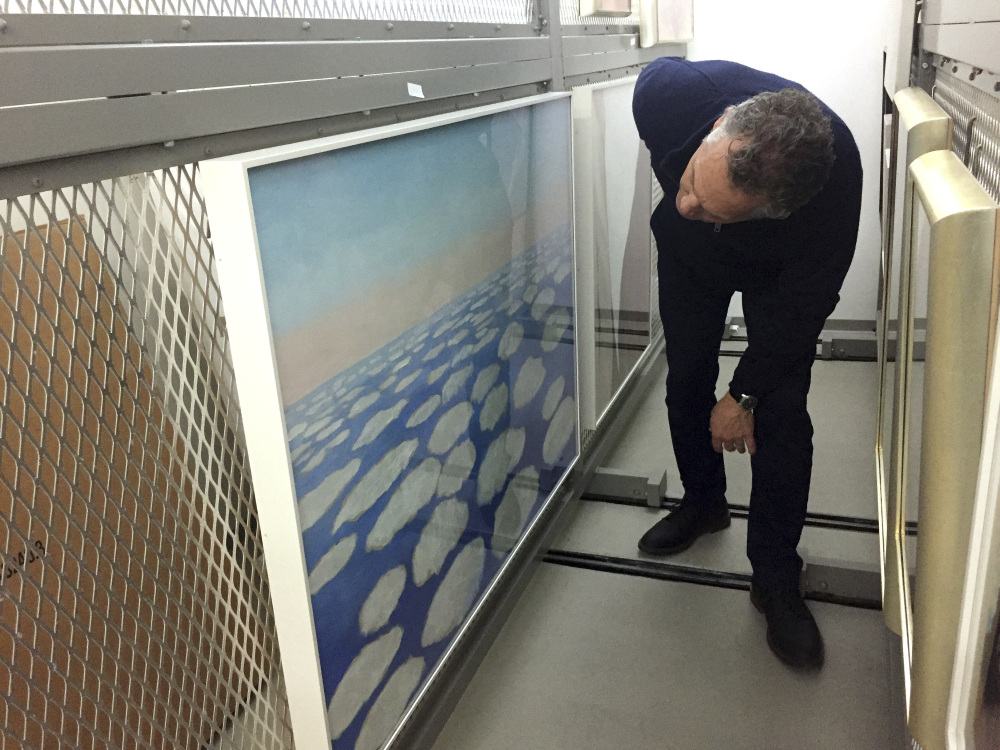SANTA FE, N.M. — Chemical reactions are gradually darkening many of Georgia O’Keeffe’s famously vibrant paintings, and art conservation experts are hoping new digital imaging tools can help them slow the damage.
Scientific experts in art conservation from Santa Fe, New Mexico, and the Chicago area announced plans last week to develop advanced 3-D imaging technology to detect destructive buildup in paintings by O’Keeffe and eventually other artists.
Dale Kronkright, art conservationist at the Georgia O’Keeffe Museum in Santa Fe, said the project builds on efforts that began in 2011 to monitor the preservation of O’Keeffe paintings using high-grade images from multiple sources of light. That prevented taking physical samples.
Destructive buildup of soap can emerge as paintings age. It happens as fats in the original oil paints combine with alkaline materials contained in pigments or drying agents.
Tiny blisters emerge in the paint and turn into protrusions that resemble tiny grains of sand and can appear translucent or white.
The creeping problem looms not only over O’Keeffe’s iconic paintings of enlarged flowers and the New Mexico desert but also the vast majority of 20th-century oil paintings in museums, in part because professional-grade canvases from the period were primed with nondrying fats or oils.
To develop imaging technology that can assess the growth of the protrusions, the National Endowment for the Humanities awarded $350,000 to the O’Keeffe museum and a collaborative art-conservation center run by Northwestern University and the Art Institute of Chicago.
The project aims to create a web-based system that allows any art conservator to upload and analyze images of paintings in efforts to limit damage from soap formation.
The two-year project is likely to record paintings under light frequencies that stretch beyond the visible spectrum in search of clues about the chemical composition of paintings. In the past, gathering that information would mean removing a stamp-sized chip from the works.
Copy the Story LinkSend questions/comments to the editors.



Success. Please wait for the page to reload. If the page does not reload within 5 seconds, please refresh the page.
Enter your email and password to access comments.
Hi, to comment on stories you must . This profile is in addition to your subscription and website login.
Already have a commenting profile? .
Invalid username/password.
Please check your email to confirm and complete your registration.
Only subscribers are eligible to post comments. Please subscribe or login first for digital access. Here’s why.
Use the form below to reset your password. When you've submitted your account email, we will send an email with a reset code.